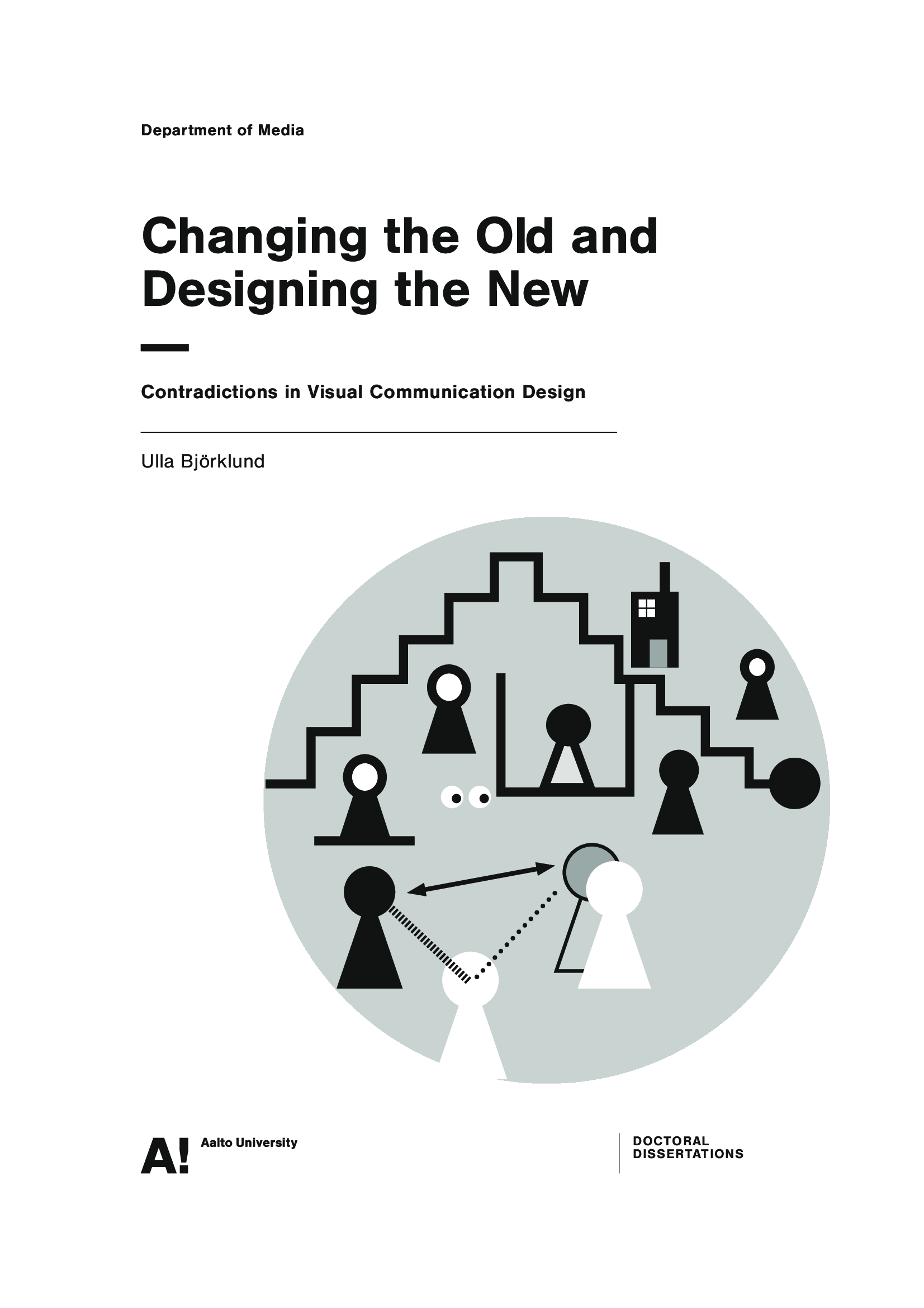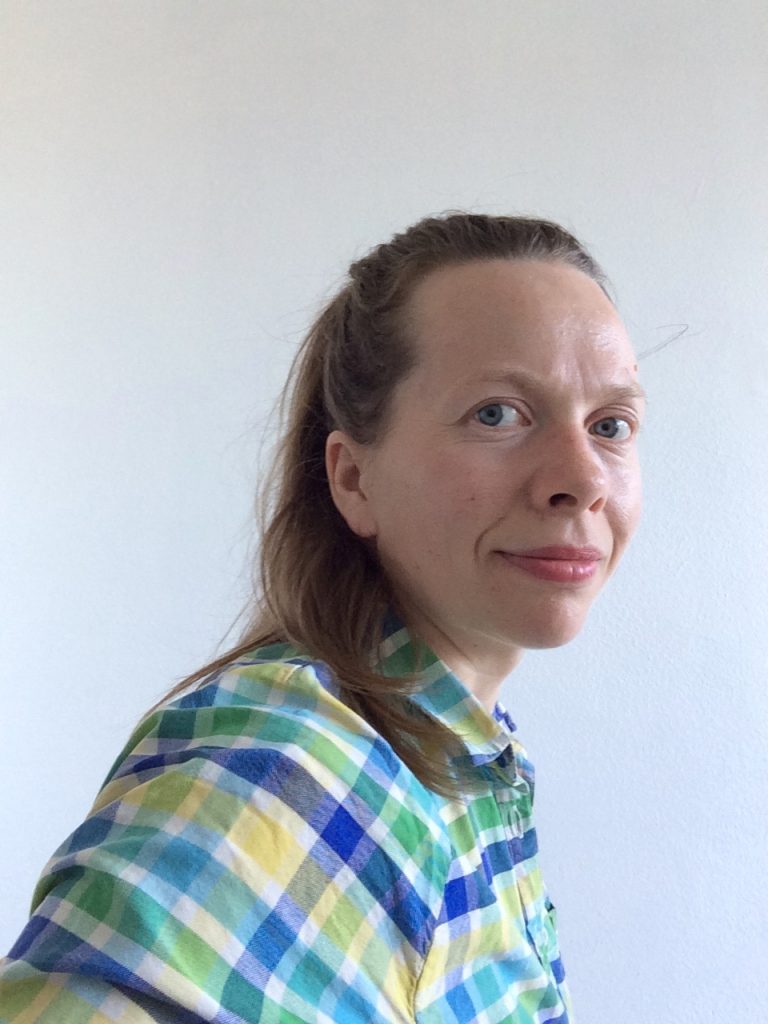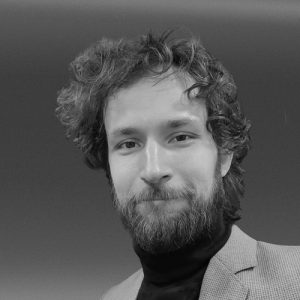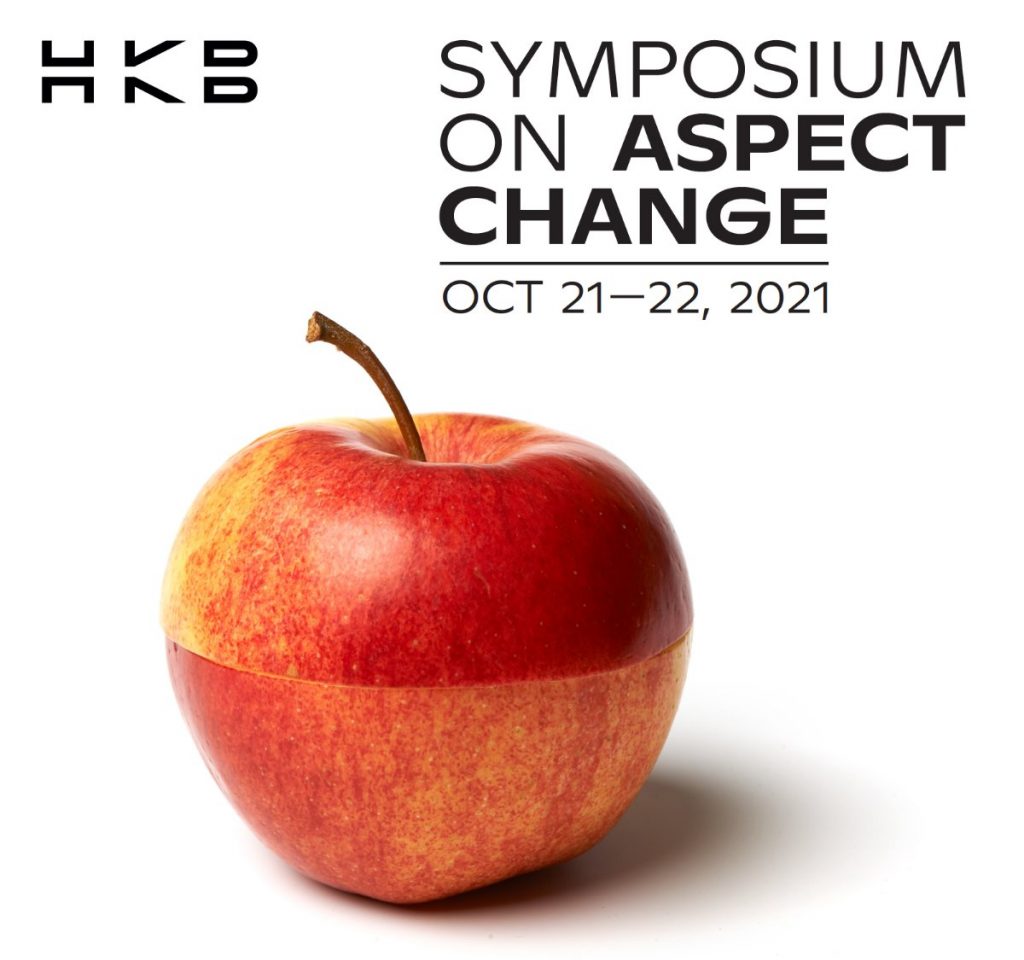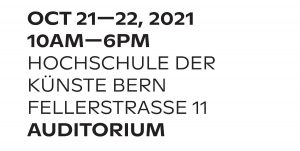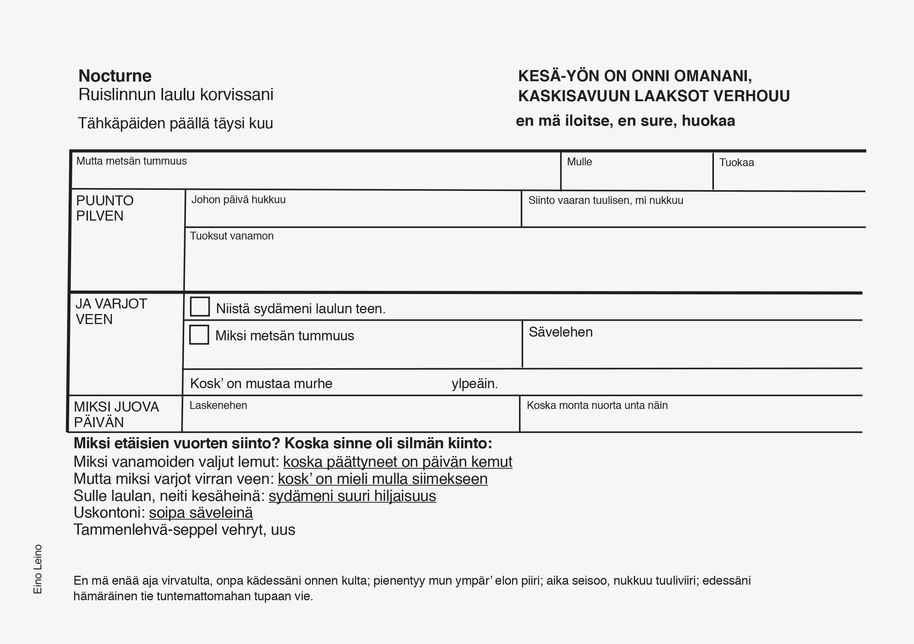MA Ulla Björklund will defend her thesis “Changing the Old and Designing the New. Contradictions in Visual Communication Design” on Friday, 19 November 2021 at 12:00 in Aalto University School of Arts, Design and Architecture, Department of Media.
The defense is organized as a hybrid event, and will be held live at lecture Y203 B-hall at Otakaari 1, Espoo, and online in Zoom (please click here for link).
Doctoral Candidate: MA Ulla Björklund
Opponent: Professor José Allard, Pontificia Universidad Católica de Chile
Custos: Prof. Teemu Leinonen, Aalto University School of Arts, Design and Architecture, Department of Media
Information at Aalto University web page: English │Finnish
The doctoral thesis is available and publicly displayed 10 days before the event here.
ABSTRACT
This study looks at change in visual communication design from two points of view. Firstly, it locates the underlying need for change that motivates the collaboration with visual communication designers. Secondly, it recognizes how the actual design work is changing. The purpose is to better understand the work of visual communication designers and the challenges that are present in the design processes.
The main contribution of the study is the methodology for studying change. This means the way concepts from cultural historical activity theory are used to study visual communication design. Further, the two ethnographic case studies, a visual update of a publication and the visual communication design of think tank Demos Helsinki, describe visual communication design work, which is not yet documented. The case studies have historical value in creating knowledge of the profession.
The main results of the study show a historical contradiction present in visual communication design: How to use craft skills in collaborative processes and concept development? The designers’ skills include knowledge that is focused on the making of visualizations that is not easily verbalized or shared. Meanwhile, in order for the design process to be collaborative there needs to be tools for working together. While craft type of knowledge is useful, it is not easy to include others into the design process, even if it would be relevant for the end result.
The information gained from the study helps us to understand how the context of the designer influences the design process. Further, the study gives conceptual tools to locate where in the design process the collaboration between the designer and the other participants of the design process need support, in order for the collaboration to be better.
In conclusion, changes in the design context affect the need for design. Understanding the changes taking place in the context of the design work can help the designer to understand what is expected from the design and improve the collaboration with clients.
THE DOCTORAL CANDIDATE
Ulla Björklund has an MA in graphic design from the University of Art and Design and has studied graphic design at the Institute of Design, Lahti Polytechnic. She has spent four years studying activity theory at CRADLE (Center of Research on Activity Development and Learning) at Helsinki University. Her special interests are ethnography and the design process.
Contact information: email / +358 40 830 4578

